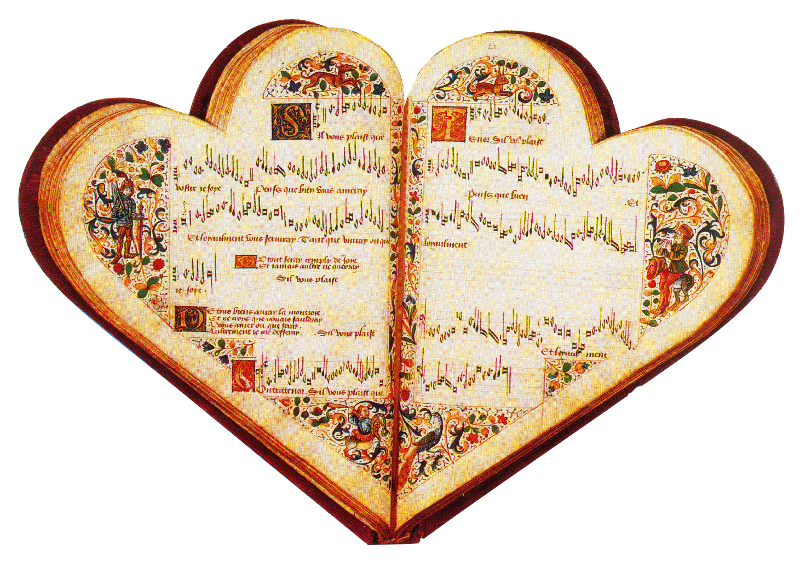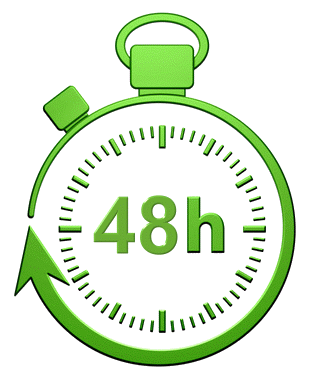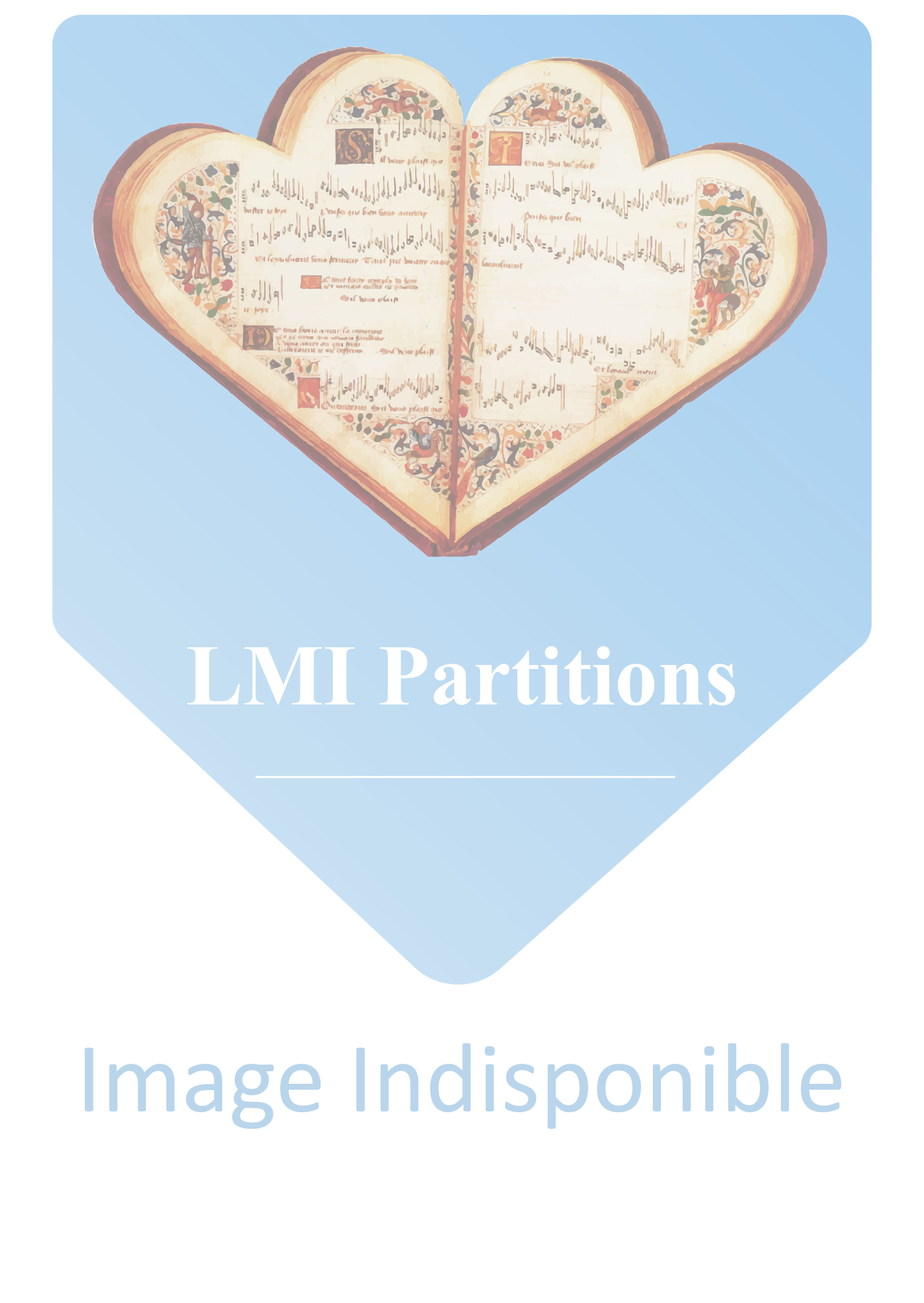Musique pour orchestres et ensembles
Description :
This musical fantasy depicts the history of the Dutch fortified town of Elburg. The work begins with an atmospheric medieval picture of the Convent of St Agnes, the nunnery that was built in the first half of the 15th century. We hear the sound of the convent bells together with an upward motif, which will reappear later in the work. Next, the rest of Elburg is featured, including the fortress - from which the bells of the Sint-Nicolaaskerk (Saint Nicholas Church) are ringing. Then, cheerful sounds can be heard at the Vischpoort (Fish Gate), where a dancing group is performing a 16th century French folk dance (a branle des chevaux). We also hear old wagons rumbling over the town’scobble stones. Trade made this Hanseatic town a lively place. The repetitive upward motif first heard in the introduction now develops into a more distinct feature, reflecting the mercantile spirit of the town residents. Then follows the slow middle movement, in which the clock has been turned back to the time when Elburg was still lying on the Zuiderzee (which was a bay of the North Sea), and was struggling with floods. After the second St. Marcellus Flood (1362) and the water flood of 1367 it was decided that the town would be relocated. We now hear the theme of branle des chevaux in a minor key, followed by a death bell sounding in remembrance of the drowned citizens of the former town. Back in our own time, a slow, expressive theme in Baroque style mirrors Elburg’s tranquil places, such as the Feithenhof (Feithen Court) and the Weduwenhofje (Widow Court). Then the bustle returns with motifs from the introduction, followed by an attractive theme in which present-day Elburg is portrayed with its many tourists. Now, suddenly, there is an echo from the past, depicting the dramatic floods and wars that once plagued the town. This leads to the grand closing theme: branle des chevaux is heard for a final time from the perspective of the historic town centre.



 Gagnez un bon d'achat dès 50€
Gagnez un bon d'achat dès 50€
 30 jours pour changer d'avis
30 jours pour changer d'avis



